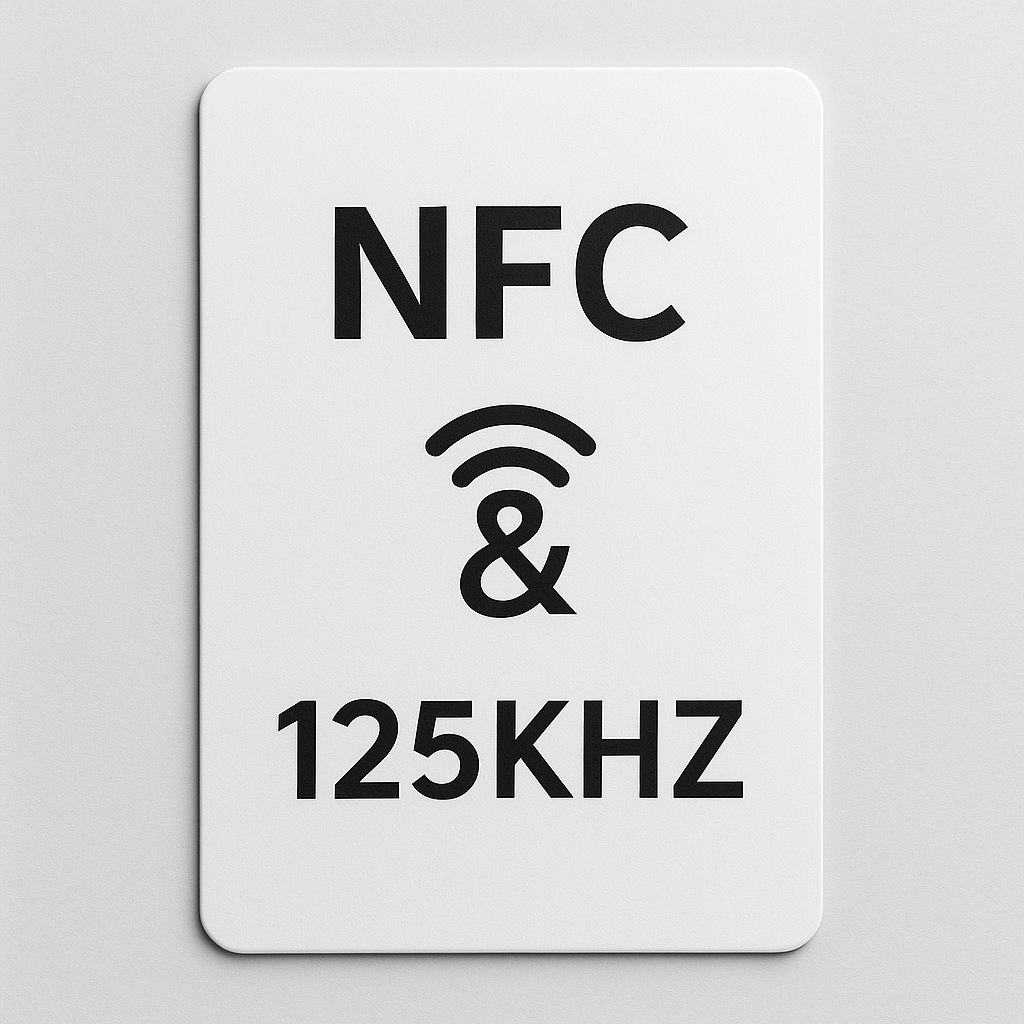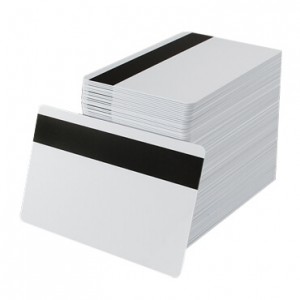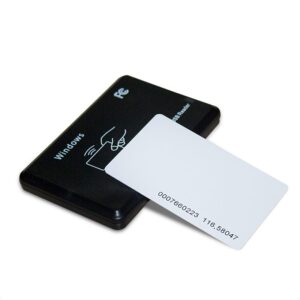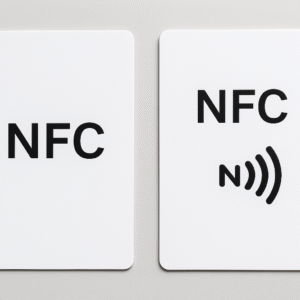NTAG215 & Proximity TK4100 Dual-Frequency Cards
dual-frequency cards combine NTAG215 NFC (13.56 MHz) with Proximity TK4100 (125 kHz) for versatile applications. They feature 504 bytes of rewritable memory (NTAG215) and a read-only unique ID (TK4100), ideal for access control, ticketing, and smart marketing.
dual-frequency cards combine the advanced capabilities of NTAG215 NFC technology with the widely adopted Proximity TK4100 standard, offering versatile solutions for a broad range of applications. This combination provides both high-frequency (13.56 MHz) and low-frequency (125 kHz) functionalities within a single, durable card.
Technical Specifications
NTAG215 (High-Frequency NFC)
•Chip: NXP NTAG215
•Operating Frequency: 13.56 MHz
•Memory: 504 bytes (usable) EEPROM
•Endurance: Up to 100,000 scans
•Protocol: ISO/IEC 14443-A, NFC Forum Type 2 Tag compliant
•UID: 7-byte Unique Identifier
•Data Transfer Rate: Up to 106 kbps
•Reading Range: Up to 10 cm (depending on reader)
Proximity TK4100 (Low-Frequency)
•Chip: TK4100
•Operating Frequency: 125 kHz
•Memory: 64-bit memory array (read-only, laser programmable)
•Protocol: ISO10536 (EM4100 compatible)
•UID: Pre-programmed 10-digit unique ID number (read-only)
•Reading Range: 2-5 cm (depending on reader)
Common Physical Specifications
•Material: Durable PVC
•Dimensions: Standard CR80 size (85.6 mm × 54 mm × 0.8 mm)
•Surface: Glossy, matte, or frosted options available
•Printability: Supports direct printing using dye-sublimation or thermal transfer printers
Key Features
•Dual-Frequency Capability: Combines 13.56 MHz NFC (NTAG215) and 125 kHz Proximity (TK4100) in one card.
•Versatile Memory: NTAG215 offers 504 bytes of rewritable memory for NFC applications, while TK4100 provides a read-only unique ID for access control.
•Enhanced Security (NTAG215): Built-in encryption for secure data transfer.
•Unique Identification: Both chips feature unique identifiers for robust authentication and tracking.
•Durable Construction: Made from high-quality PVC, ensuring longevity and resistance to environmental factors.
•Printable Surface: Customizable with logos, designs, and personal information.
•Passive Design: Both technologies are passive, drawing power from the reader’s electromagnetic field, requiring no internal battery.
Applications
These dual-frequency cards are ideal for integrated systems requiring both NFC and proximity functionalities, including:
•Access Control Systems: Secure entry to buildings, offices, and restricted areas.
•Time and Attendance: Efficient tracking of employee work hours.
•Multi-Application ID Cards: Student IDs, employee badges, and membership cards with diverse functionalities.
•Cashless Payment Systems: Secure and convenient transactions.
•Public Transportation: Integrated ticketing solutions.
•Loyalty and Membership Programs: Enhanced customer engagement.
•Smart Marketing & Interactive Tags: Engaging users with NFC-enabled content and promotions.
•Asset Tracking: Efficient management and identification of assets.
Advantages
•Cost-Effective Integration: Reduces the need for multiple cards, streamlining operations and reducing costs.
•Broad Compatibility: Works with a wide range of existing NFC and proximity readers and systems.
•High Reliability: Proven technologies with widespread industry adoption ensure consistent performance.
•Flexibility: Supports both read/write NFC applications and read-only proximity identification.
•Ease of Deployment: Simple to integrate into existing infrastructure and program for various uses.
•User Convenience: A single card for multiple functions enhances user experience.









